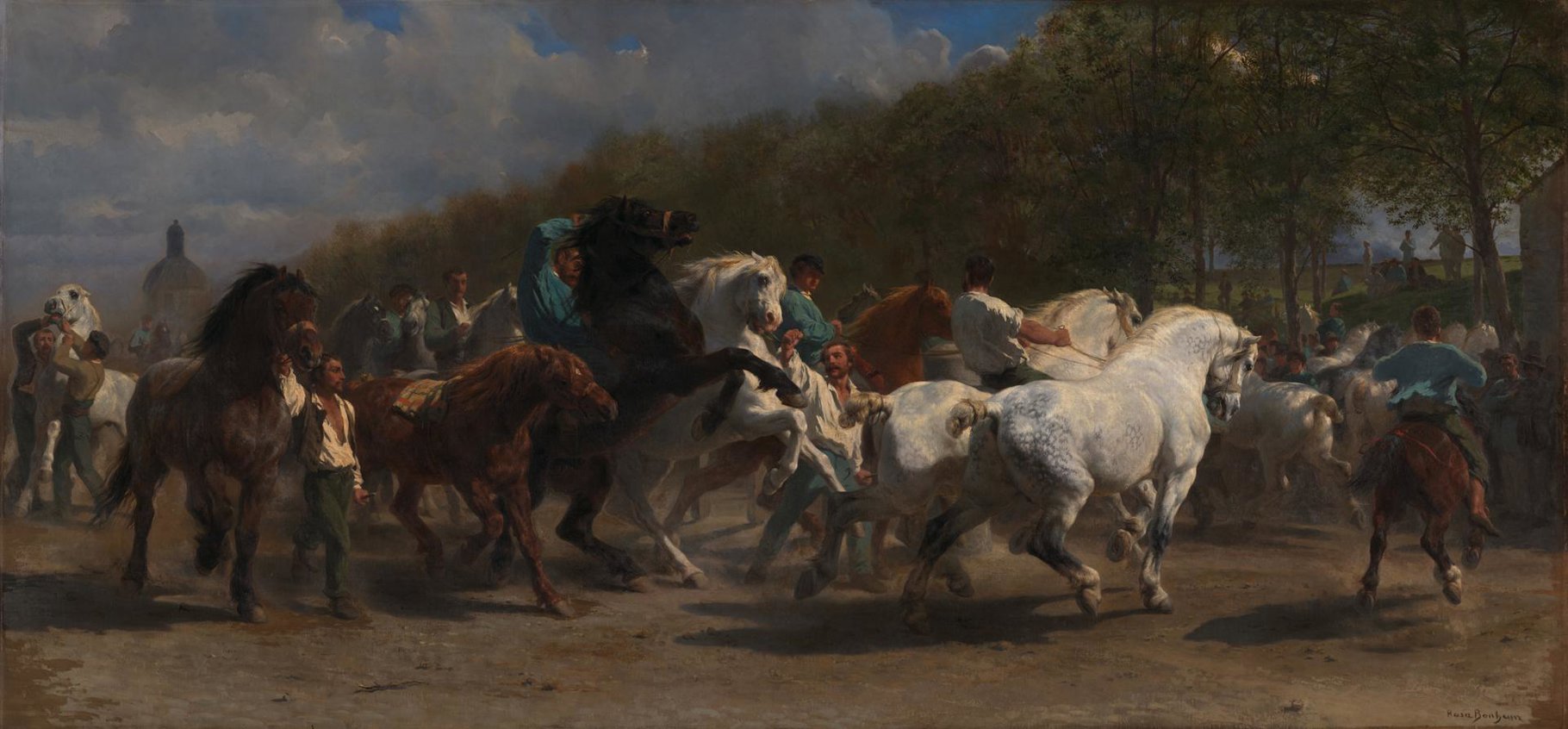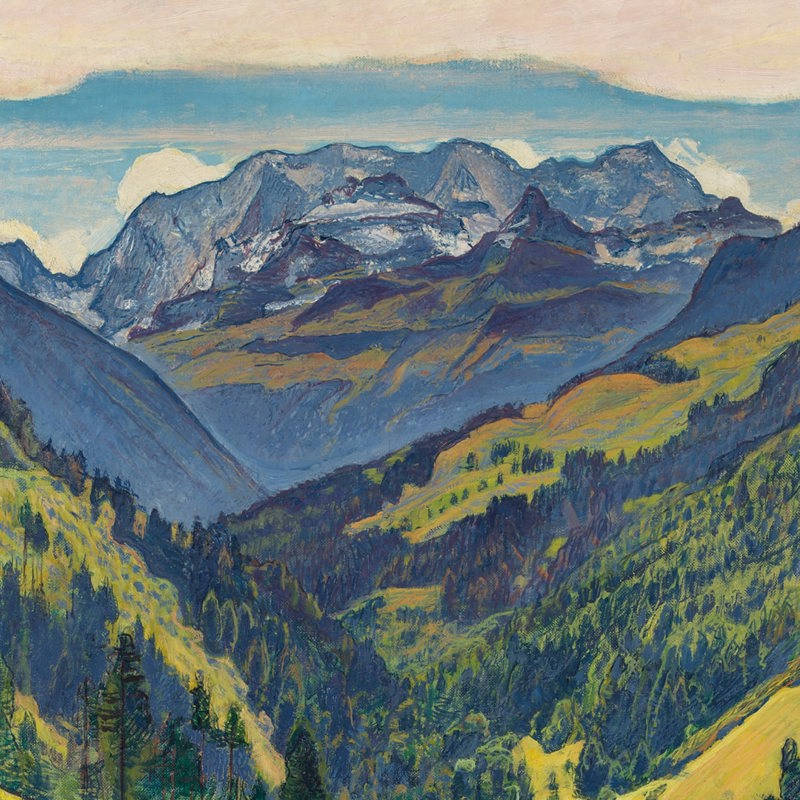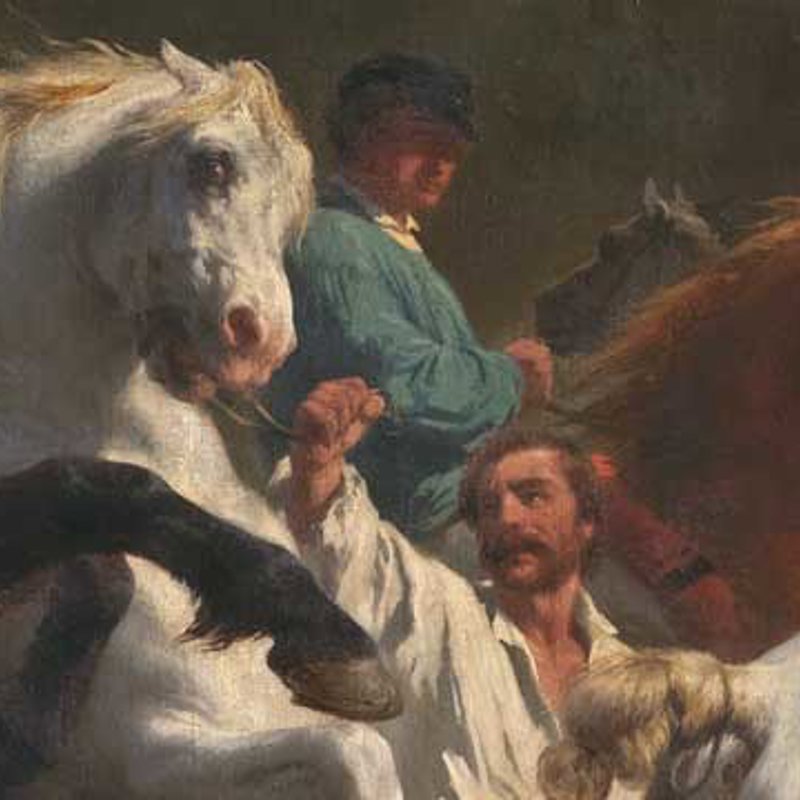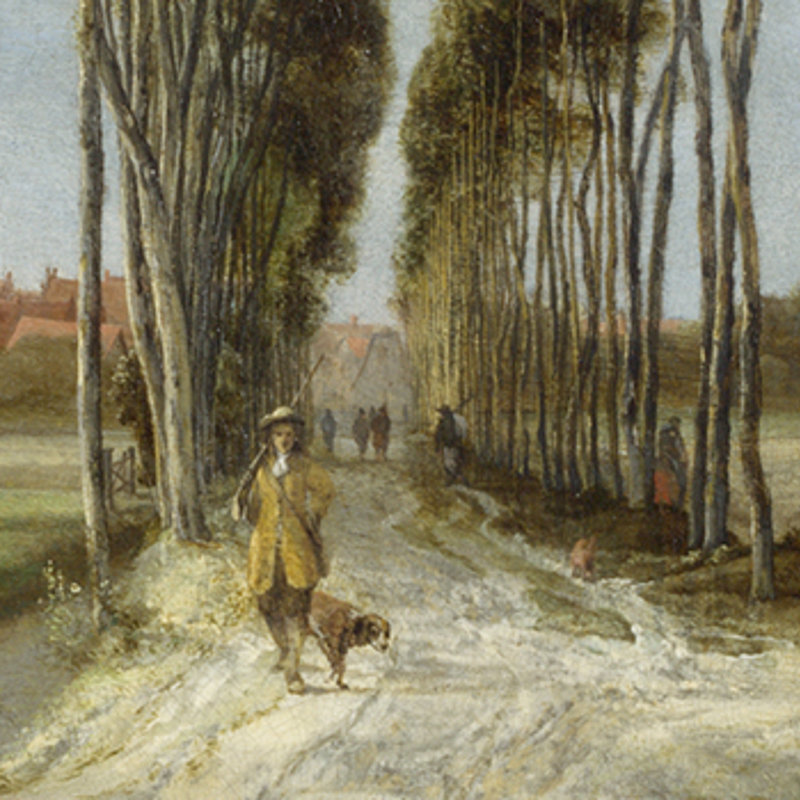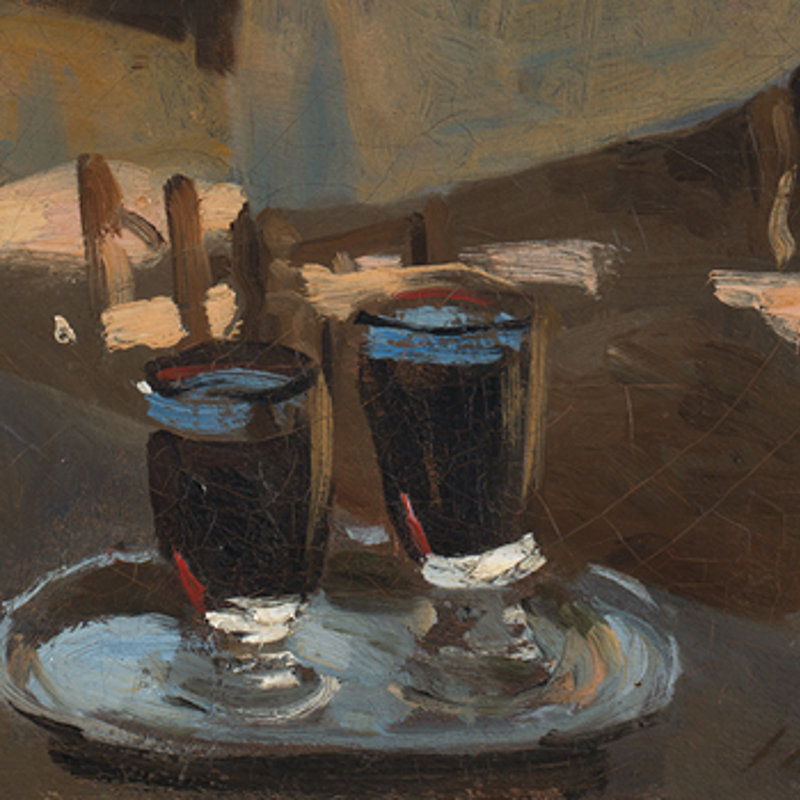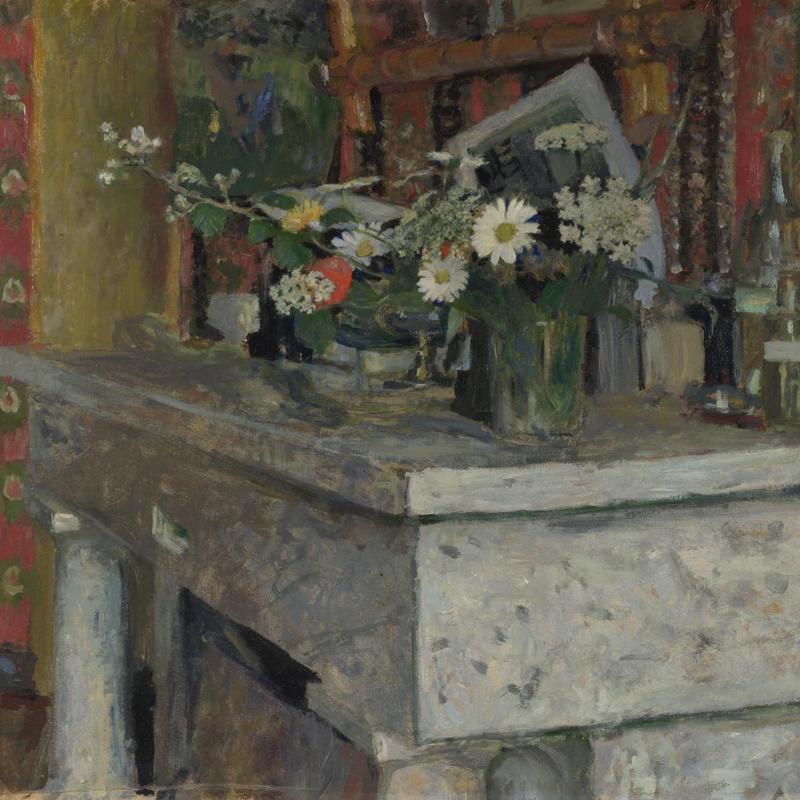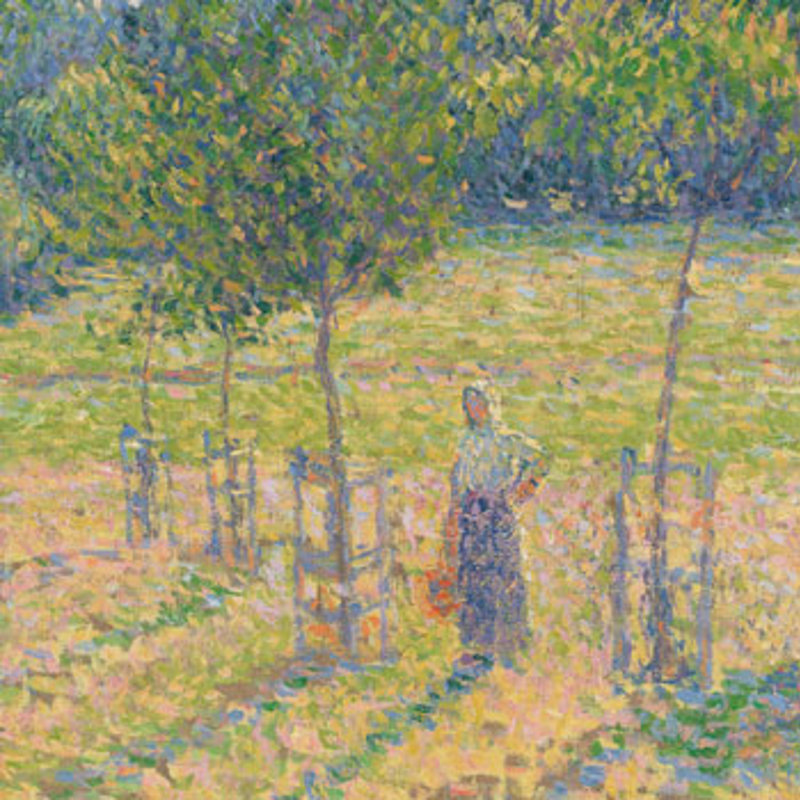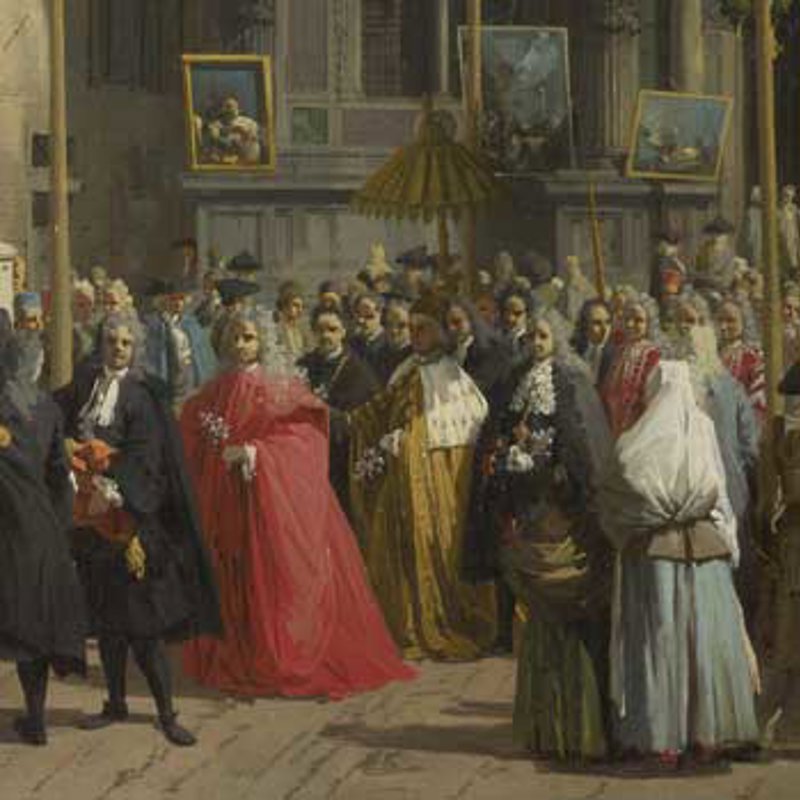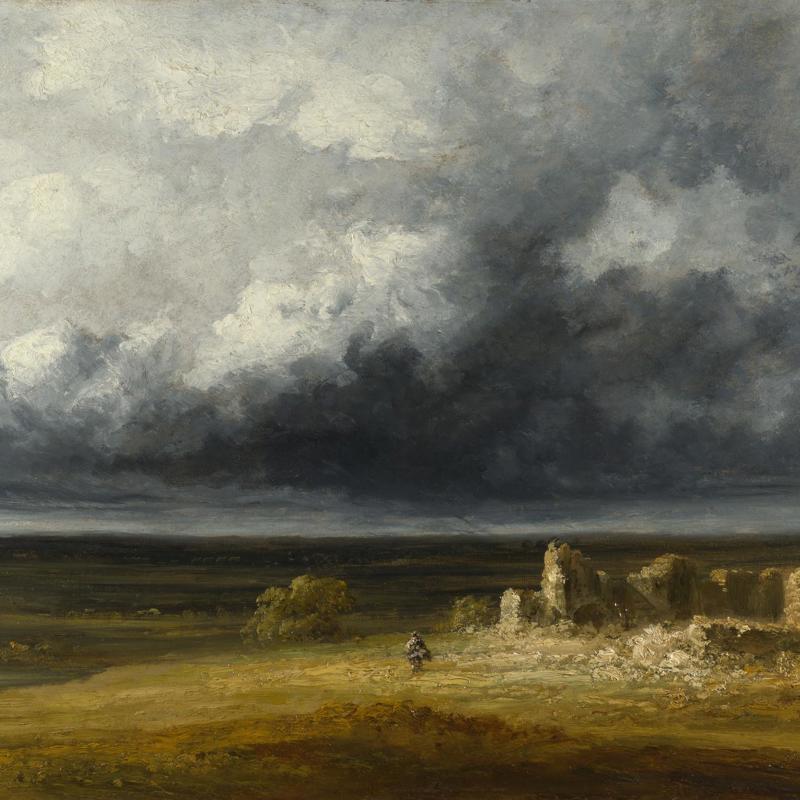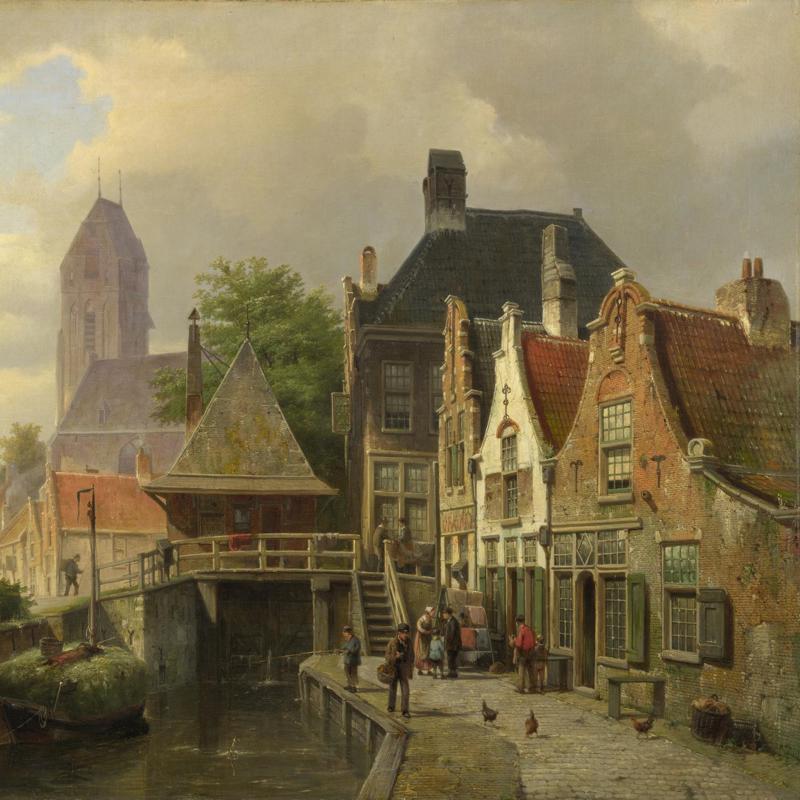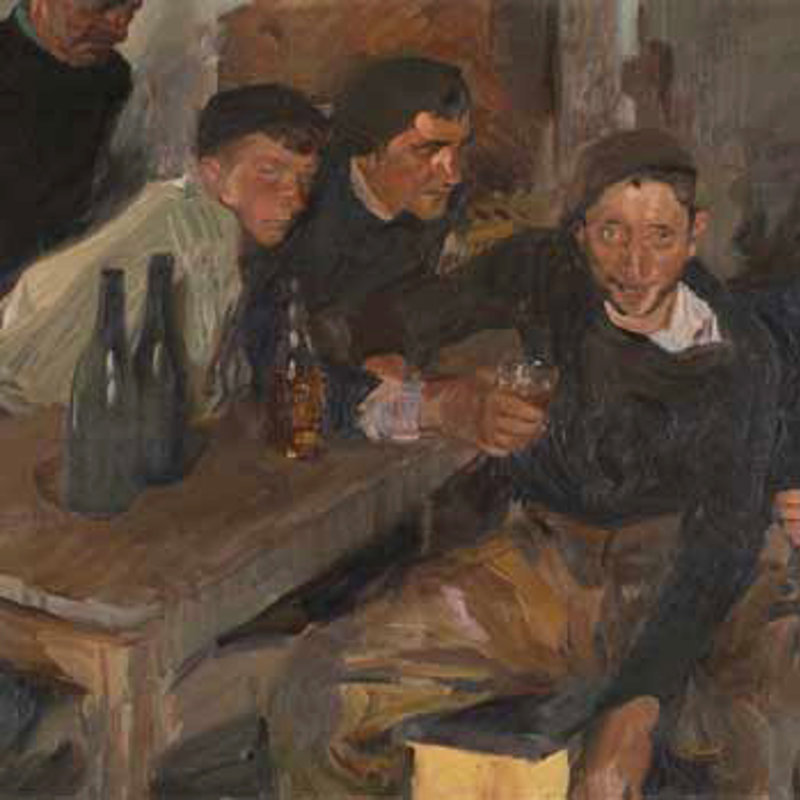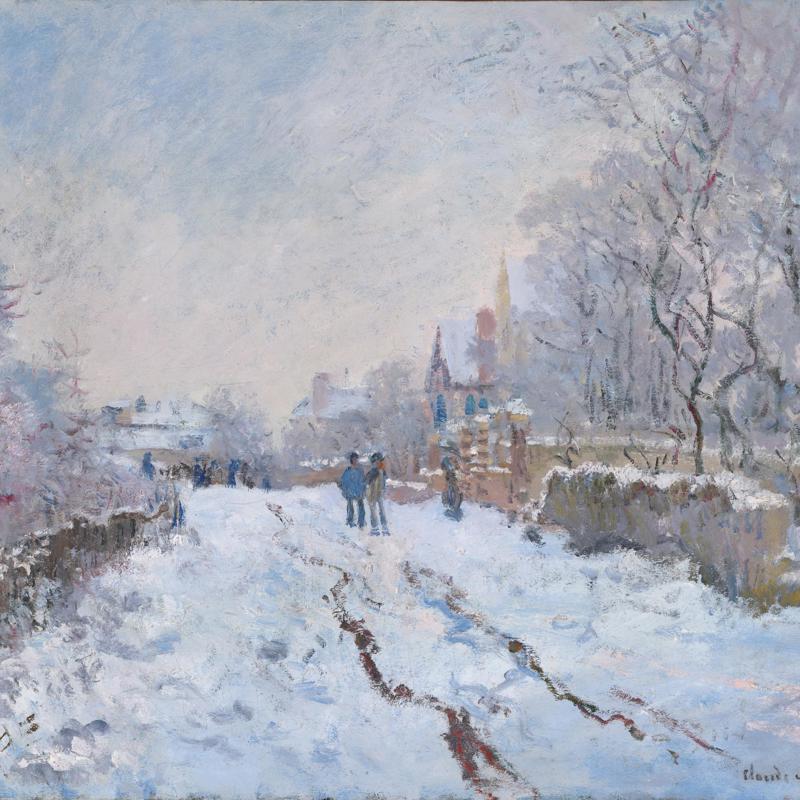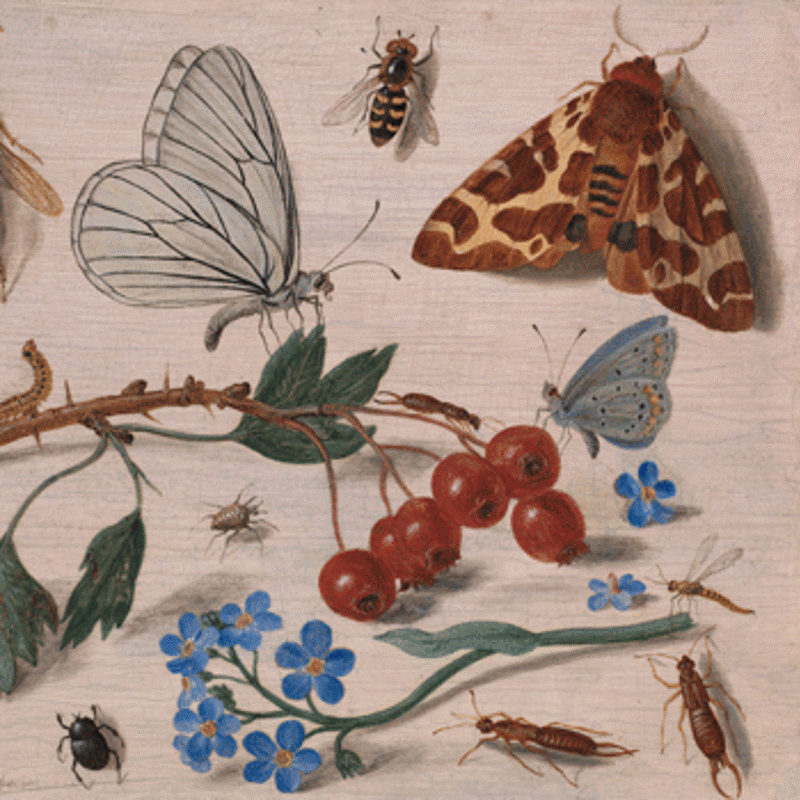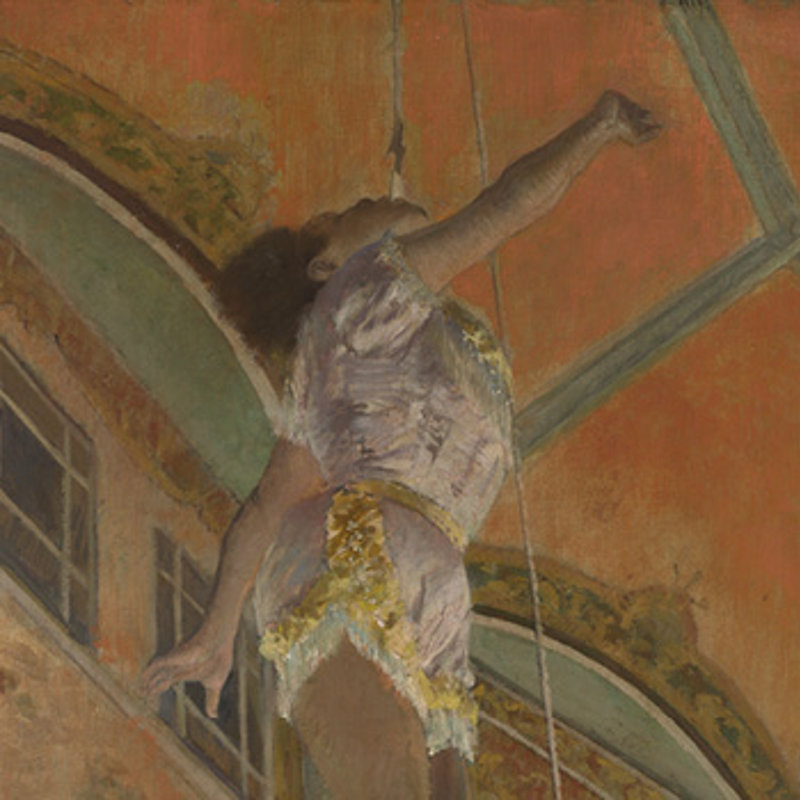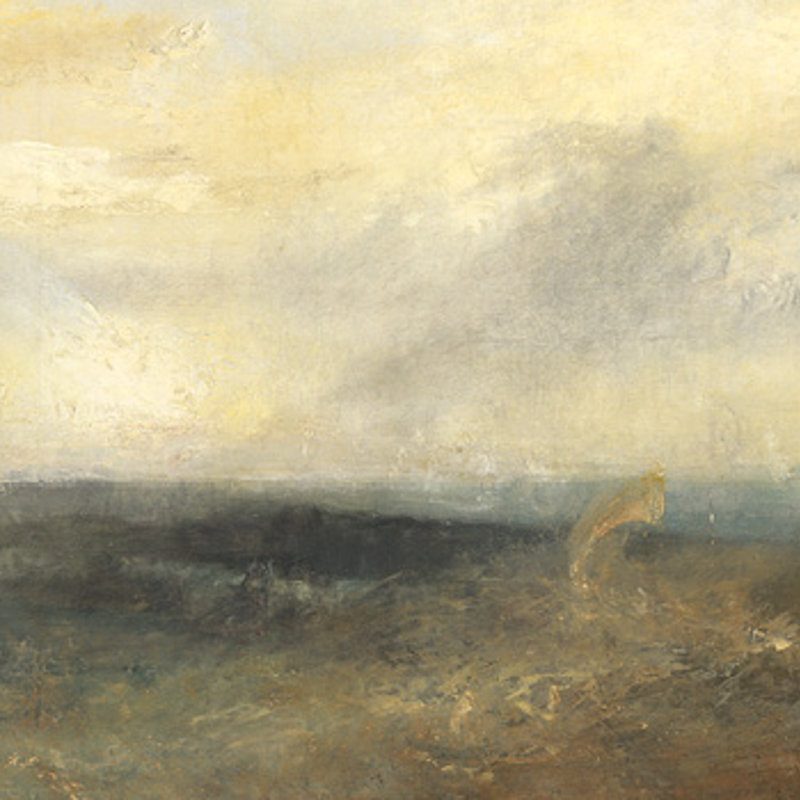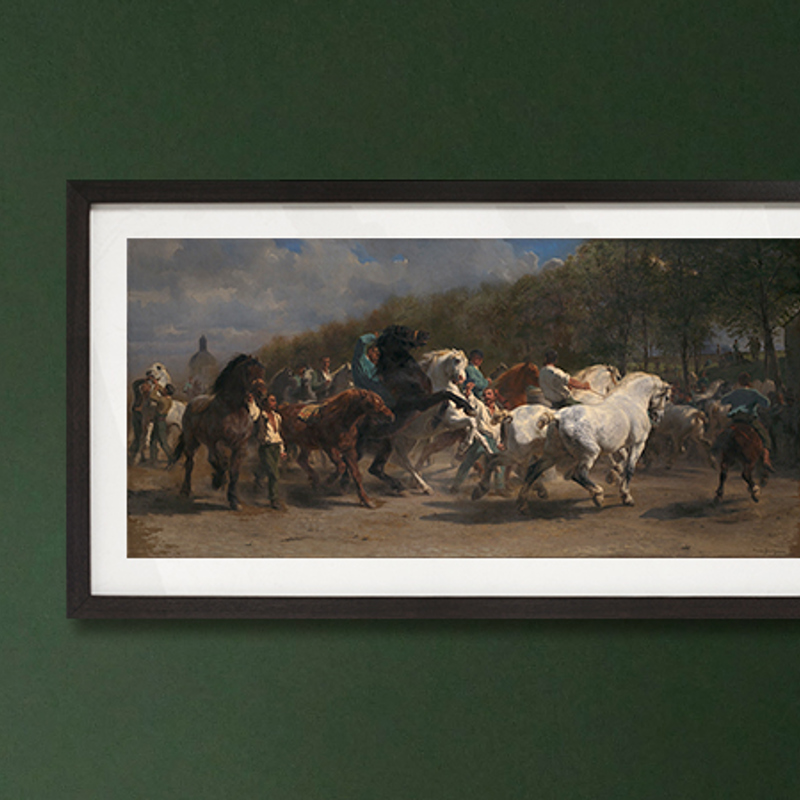Horses gallop, rear and plunge, their manes flying, muscles flexing and hooves thundering.
We are at the Horse Fair, which took place twice weekly on the Boulevard de l’Hôpital in 19th-century Paris. ‘My dream’, wrote the artist Rosa Bonheur, ‘is to show the fire which comes out of the horses’ nostrils; the dust which rises.’
We sense the strength of these magnificent Percherons, the shouts of the handlers straining for control, the hubbub of the onlookers, and the smells of the horses mingled with kicked-up dust and manure.
The most successful female artist of the 19th century and an LGBTQI+ icon in our own times, Bonheur lived an extraordinary life. Unlike Monet, whose fame and fortune came late in life or Van Gogh whose works only began to sell after his death, Bonheur was fêted throughout her career for her paintings of animals, ranging from rabbits to bulls and lions.
She exhibited at the Louvre, received commissions from Empress Eugénie and, in 1865, became the first woman to be awarded the Legion d’Honneur, France’s highest order of merit. From talking horses with Buffalo Bill to retiring to the drawing room for after-dinner cigarettes, and from forming a local militia in readiness for the Prussian invasion to riding astride (rather than side saddle), she shunned traditional feminine pursuits and ideals.
On one occasion, she claimed to have been arrested by a policeman in Paris, who, on seeing her short hair and free and easy swagger, thought she was a man wearing a dress. She regularly dressed in trousers and smock, which she found more practical for painting, and while sketching at the horse fair, she disguised herself as a man for her personal safety.
'The Horse Fair' is Bonheur’s most celebrated painting. A colossal version (over 5 metres long) hangs in the The Met in New York. In this, the horses are so big, one French critic described feeling like he had to jump out of their way! Bought by the dealer Ernest Gambart, it toured England, Europe and the USA, and Queen Victoria even requested it be brought to Buckingham Palace for a private viewing.
Prints of it adorned many a 19th-century parlour-room and it is thanks to this demand that our version exists. Ours is a smaller replica made specially by Bonheur (with underpainting by her life partner Nathalie Micas) for sending to the engraver’s studio. Later, it was acquired by the National Gallery thanks to a generous legacy gift from a collector, Jacob Bell, in 1859.
With thanks to Nikon, Digital Content Partner.
Gifts in wills have played a major role in the National Gallery’s history, making up nearly a quarter of the nation’s collection. If you are inspired by this painting, perhaps you would consider remembering us in your will. A gift of any size, large or small, will have a lasting impact on our work and help to develop and maintain the collection, keep the Gallery free, and continue enriching the lives of future generations.


